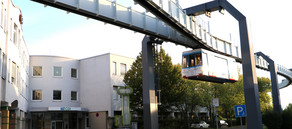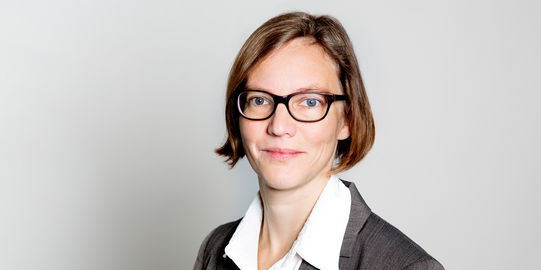Interest in Reading Texts
The TiL-study addresses the research question if primary school aged girls’ and boys’ interest in texts is related to different factors. Therefore, we investigated whether interest in texts depend on students’ gender and various text characteristics like text genre.
Funding
Own funds Professor McElvany
Project description
The research project Interest in Readings Texts (TiL) investigates pupils' interest in texts and their reading competence at the end of primary school. It will be analysed to what extent individual pupil characteristics, such as gender, and various text-related characteristics, such as the topic of the text, influence pupil interest in texts. In addition, the relationship between interest in texts, text characteristics and reading competence will be explored, including gender-specific effects. The research results serve a more differentiated understanding of specific factors influencing interest in reading materials.

The TiL project comprises two sub-studies. The first sub-study deals with the question to what extent student text interest depends on the text-related characteristics of text genre (narrative vs. informative), text topic (female vs. male attributed) and gender of the protagonists (male vs. female). In addition, the gender of the learners as an individual influencing factor as well as interaction effects between gender-specific text interest and text characteristics are investigated.
The second sub-study investigates whether boys' reading performance depends stronger on their text interest than girls' reading performance. Text interest is recorded as a function of the characteristics text topic, protagonists' gender and difficulty level of the texts.
Results
The text interest depended on the text genre and the text topic as well as on the gender of the learners. On average, boys reported less interest in the texts than girls. Boys' and girls' interest was higher in the male-themed and narrative texts. The interactions between learner gender, text topic, and protagonist gender were significant. Boys showed less interest on average in texts with a female connotation and in texts with female protagonists. Girls were on average more interested in all text versions than boys.
Lead researcher at IFS
Project management
- Chantal Lepper
- Dr. Justine Stang






![[Translate to English:] [Translate to English:]](/storages/ifs-ep/_processed_/8/5/csm_AdobeStock_412860748_9a2dbb816c.jpeg)
